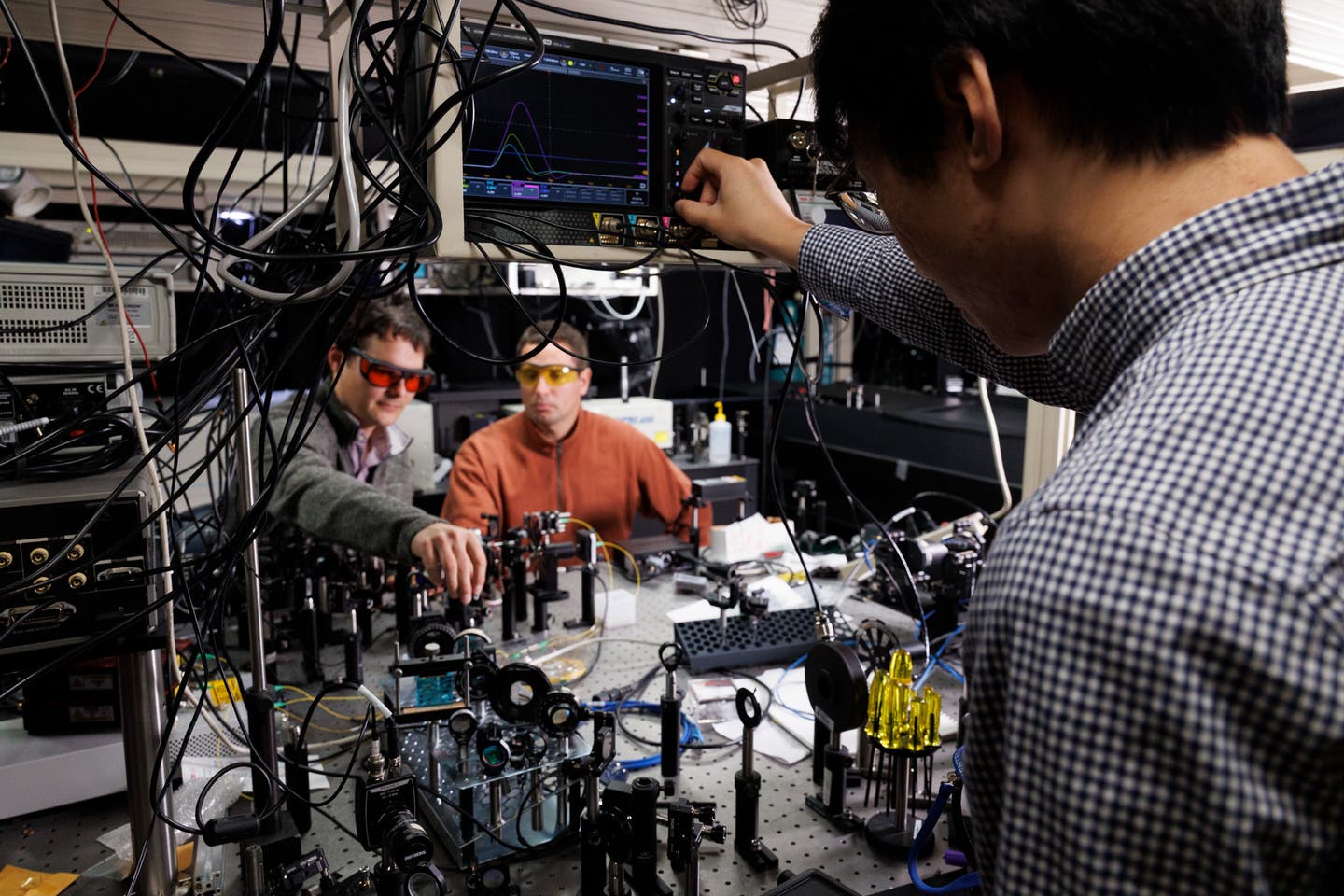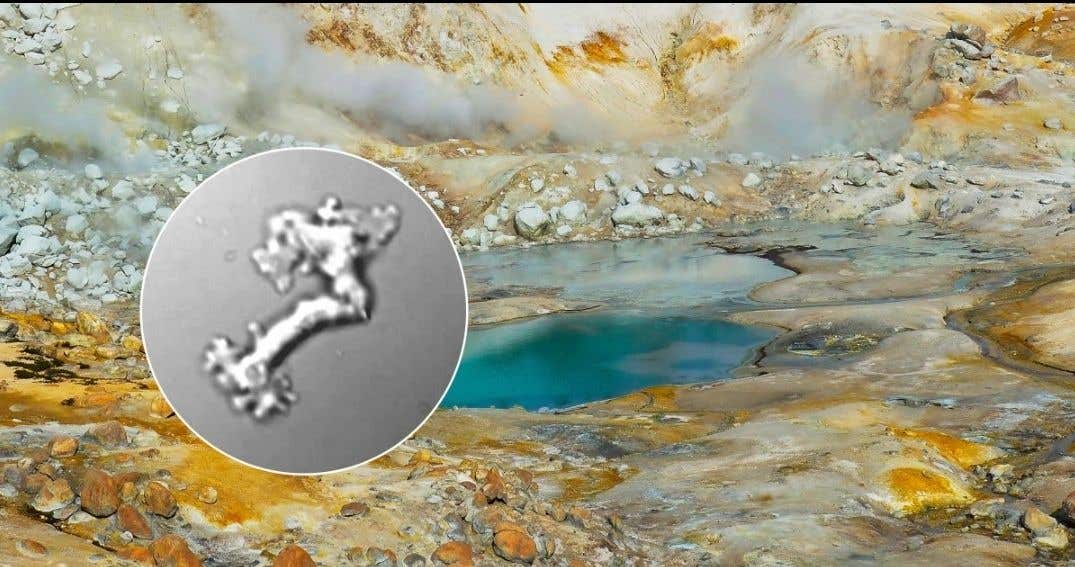Scientists find cheap way to fight global warming using airplanes
A new climate modeling study shows that cooling the planet with particles injected into the upper atmosphere might be easier and cheaper than previously believed.

New modeling shows that cooling the planet with sunlight-reflecting particles could begin using existing aircraft. (CREDIT: CC BY-SA 4.0)
A new climate modeling study shows that cooling the planet with particles injected into the upper atmosphere might be easier and cheaper than previously believed. While scientists still warn of serious risks and uncertainties, the research suggests that you could reduce global warming using existing commercial aircraft—no futuristic jets required.
This technique, known as stratospheric aerosol injection (SAI), would involve releasing small particles into the stratosphere, the stable, dry layer of the atmosphere above the clouds. These particles reflect a portion of sunlight back into space, potentially lowering global temperatures.
A Simpler Path to Cooling the Earth
Previous studies assumed that SAI would require custom-built aircraft capable of flying at 20 kilometers or higher—well above the ceiling of commercial airliners. However, a team led by Alistair Duffey, a PhD student at University College London (UCL), ran a new set of climate model simulations and found that injection at lower altitudes, around 13 kilometers, could still offer meaningful cooling.
In the model, scientists used the UK’s Earth System Model 1 (UKESM1) to simulate 41 different SAI scenarios. They varied the altitude, latitude, and season of injection to estimate how much each configuration could cool the planet. These simulations showed that adding particles at 13 kilometers over high-latitude regions—like Alaska or southern Chile—could cool the planet by around 0.6°C.
That’s about the same global cooling effect caused by the Mount Pinatubo eruption in 1991, which released a similar amount of particles into the stratosphere and briefly cooled Earth’s climate.
The key advantage? Jets like the Boeing 777F can already reach these altitudes. With some modifications, these aircraft could be repurposed for particle delivery, cutting deployment time from decades to just a few years.
Related Stories
Trade-offs in Effectiveness and Risks
While this low-altitude strategy offers clear logistical benefits, it also comes with significant drawbacks. Cooling efficiency—the reduction in temperature per unit of injected particles—is only about one-third of what you'd get by injecting at 20 kilometers in the tropics.
To get the same cooling effect, you'd need to release three times as much material. This increases the risk of acid rain and other side effects. The cooling pattern also skews toward the poles, meaning it would be less effective in tropical regions where heat-related impacts are often the most severe.
Duffey explained: “There are downsides to this polar low-altitude strategy. At this lower altitude, stratospheric aerosol injection is about one third as effective. That means that we would need to use three times the amount of aerosol to have the same effect on global temperature, increasing side effects such as acid rain. The strategy would also be less effective at cooling the tropics, where the direct vulnerability to warming is highest.”
However, if the world faced a climate emergency, such as the sudden collapse of an ice sheet or rapid temperature rise, the ability to act quickly using current aircraft could prove valuable. According to Wake Smith of Yale University, “Although pre-existing aircraft would still require a substantial modification programme to be able to function as deployment tankers, this route would be much quicker than designing a novel high-flying aircraft.”
Why Injection Location Matters
The team found that both where and when you inject the particles makes a difference. At lower altitudes, the stratosphere is thinner and closer to the Earth’s surface near the poles. That means existing planes could more easily reach it there. However, particles injected at this height stay in the stratosphere for only a few months. In contrast, particles released at 20 kilometers could stay up for years, increasing their cooling effect.
The cooling impact of SAI depends on more than just altitude. The lifetime of the aerosols—how long they remain suspended—is a major factor. Longer-lived particles provide more consistent coverage and more effective sunlight reflection. Particle size also matters. Smaller particles reflect more sunlight, but over time, they grow in size and start to absorb heat, reducing the net cooling effect.
SAI’s success also hinges on aligning particle distribution with the sunniest parts of the planet. Injecting over the poles, where sunlight is weaker or absent during parts of the year, leads to less overall cooling. Still, seasonal strategies that target spring and summer months in each hemisphere may boost efficiency somewhat.
In the simulations, deploying 12 million tonnes of sulfur dioxide per year at 13 kilometers over the poles during spring and summer produced the cooling effect mentioned earlier. That deployment level matches estimates from natural events like volcanic eruptions, providing a rough benchmark for feasibility.
Limits and Uncertainties
This method is not a magic fix. The scientists behind the study stress that SAI cannot replace cutting emissions of carbon dioxide and other greenhouse gases. Dr. Matthew Henry of the University of Exeter emphasized this point: “Stratospheric aerosol injection is certainly not a replacement for greenhouse gas emission reductions as any potential negative side effects increase with the amount of cooling: we can only achieve long-term climate stability with net zero.”
Moreover, the particles must be introduced slowly and withdrawn slowly to avoid causing sudden warming or cooling, which could destabilize weather patterns or damage ecosystems.
Scientists still have many questions about how SAI would affect rainfall, agriculture, ocean currents, and the ozone layer. Several studies have raised concerns about unintended regional consequences, such as droughts or stronger storms. SAI could also change patterns of stratospheric water vapor and cirrus cloud formation, introducing yet more variables to the climate system.
Even so, Duffey and his colleagues argue that understanding the full range of possibilities is crucial. “Climate change is a serious problem and it is vital to understand all our options, so that policy-makers have the evidence they need to make informed decisions,” he said.
The Road Ahead
Although most previous research focused on tropical injection using specialized aircraft, this new study shows a different path. By using what’s already available, SAI could start sooner and cost less. However, it would also be less efficient and come with stronger trade-offs.
If humanity ever turns to solar geoengineering as part of its climate strategy, knowing the strengths and limits of low-altitude injection matters. A quicker, cheaper method won’t solve the crisis alone, but it might buy time for deeper, long-term solutions to take effect.
Research findings are available online in the journal AGU Pubs Earth's Future.
Note: The article above provided above by The Brighter Side of News.
Like these kind of feel good stories? Get The Brighter Side of News' newsletter.



